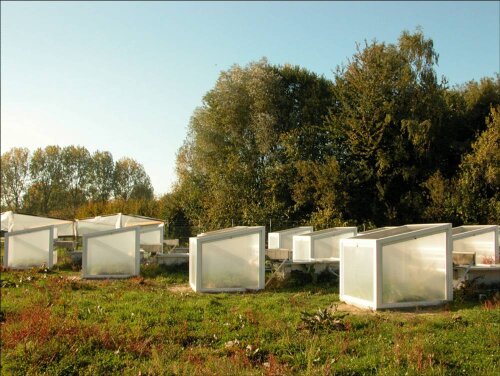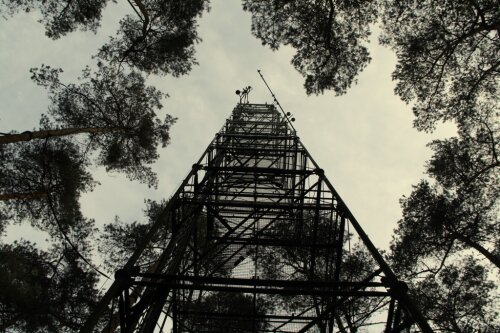Ecosystem carbon and nitrogen cycling, modelling, laboratory experiments


Plants are the engine pumping carbon into and water out of ecosystems. At ecosystem scale, photosynthesis is mainly climate-controlled. The biomass production efficiency (BPE), the fraction of assimilated C used to produce plant biomass, is largely determined by nutrient availability. BPE is a relevant determinant of the feedback of terrestrial ecosystems to the greenhouse effect. PLECO investigates BPE for the world’s major biomes and the environmental drivers of BPE. We hypothesize that BPE is mainly determined by soil fertility, because plants in richer soils allocate less carbon to root symbionts and root exudates to acquire nutrients, leaving more carbon available for biomass production. PLECO investigates these dynamics with a new global biomes database containing data for hundreds of experimental sites worldwide.
Next to nutrient availability, precipitation is a key driver of ecosystem functioning and in most ecosystems, drought reduces the rate of ecosystem processes such as photosynthesis and plant growth. Via combination of field measurements (eddy covariance data, ecosystem manipulation experiments, as well as forest inventory data) and remote sensing indicators, PLECO aims to assess drought effects on different ecosystems. We currently test which remote sensing indicators are most suitable to estimate plant growth and photosynthesis for different ecosystem types. Furthermore, we test for potential legacy effects of drought, i.e., anomalies in plant performance that are related to previous drought events.
While plants are the engine pumping carbon into ecosystems, soil microorganisms carry out a broad range of biogeochemical transformations in soils, which are important components of the cycles of carbon, energy and nutrients that maintain ecosystem function. PLECO studies the diversity of soil microorganisms (bacteria, fungi and archaea) in space and time, using DNA and RNA-based methods. We also aim to link community structure and function. By combining these molecular measurements with large-scale datasets on ecosystem function, we hope to better understand the biotic controls of nutrient and carbon fluxes between soils, plants and the atmosphere.